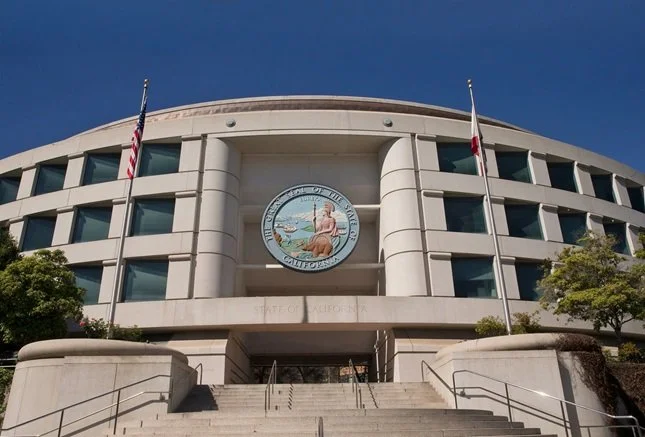PG&E Plan to Sell off Most of its Generation Assets Stumbles - A Win for FOR and Partners
The California Public Utilities Commission building in San Francisco. Credit: CPUC
The Pacific Gas and Electric Company (PG&E) supplies electricity to much of northern California. It also has a somewhat diminishing large fleet of hydroelectric dams in the north state.
It’s also been going broke a lot, first because of the ill-advised energy deregulation under Governor Gray Davis some two decades ago, and second because in recent years its equipment has been burning down whole national forests and small mountain communities.
So, to raise some cash, PG&E proposed to create a subsidiary, Pacific Generation, owned up to 49% by outside investors, for its non-nuclear generation assets.
Investor-owned utilities like PG&E need to seek approvals from the California Public Utilities Commission (CPUC), and the public gets a chance to participate in such proceedings. And we did just that in our role as a member of the California Hydropower Reform Coalition (CHRC).
Our concern arose out of our experience participating in many relicensings of PG&E hydroelectric dams. In many cases, in the modern electric market, some of these dams don’t make money, yet still have operational commitments to the rivers and streams that they affect. Maintenance of losing assets tend to be deferred. Undermaintained assets can also break, which can be a safety hazard. Deferred maintenance is a risk to rivers, watersheds, and the communities and wildlife that inhabit them.
The CHRC argued that such a significant outside investor (likely a private equity firm) could exacerbate a company culture already focused on quarterly profit-and-loss statements rather than the environmental and safety commitments of PG&E’s hydroelectric dam “fleet,” a fleet that has already suffered from neglect over the years.
In making this case before the CPUC, we stretched our work into unfamiliar territory (yes, we do CPUC work, but not a lot of it). So, it was a pleasant surprise when we found that the CPUC decided to deny PG&E’s application, finding that it failed to meet “even the minimal public interest standard.” That was a good day.
Of course, we are still left dealing with PG&E, but at least they won’t have an outside private equity firm whispering in their ear.
At least for now. PG&E and its potential outside investor may rework their proposal and come back for another round at the CPUC.

